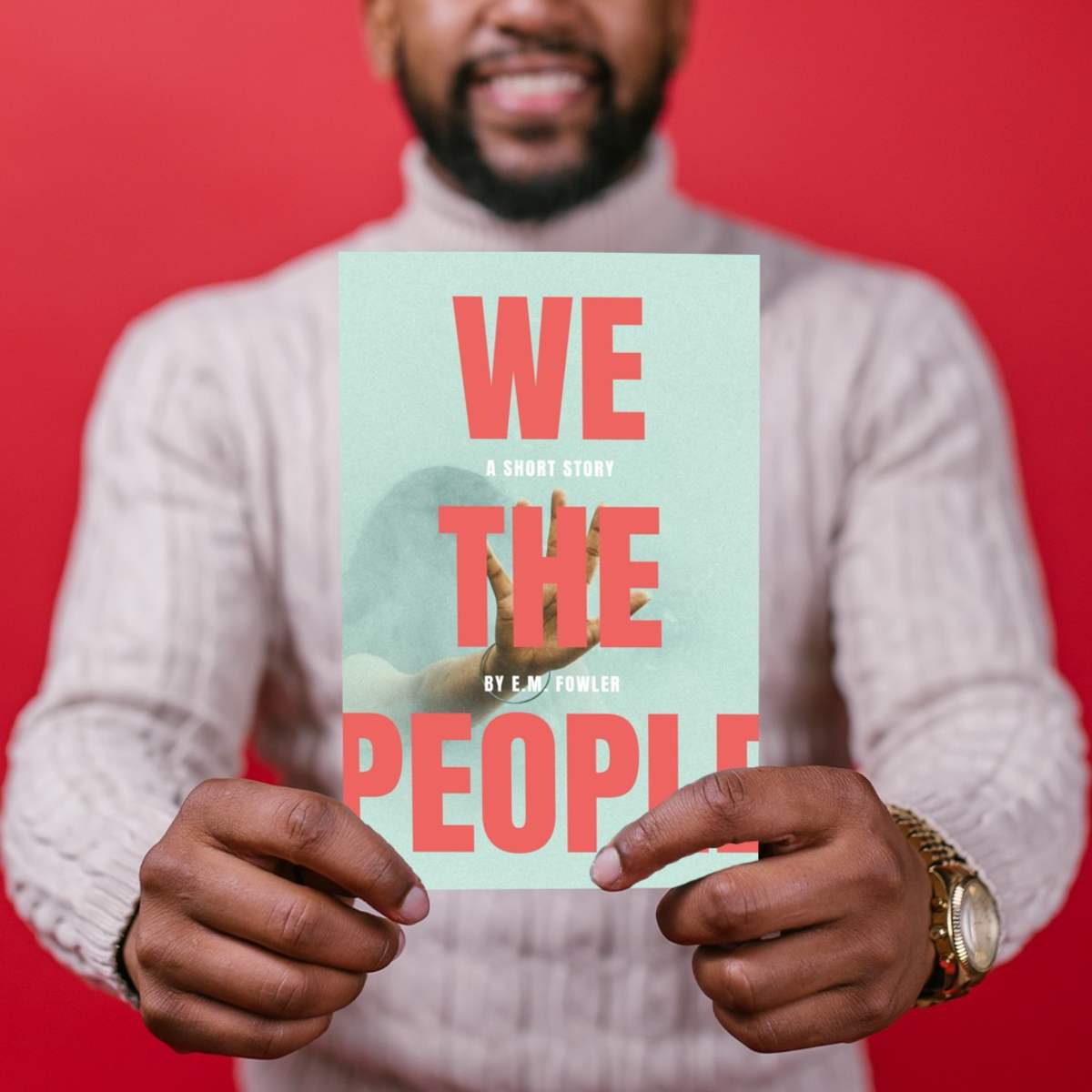When I first imagined creating my own indie press, I didn’t start with a polished business plan. I started with a question: What would it look like if publishing truly centered BIPOC voices, not as an exception but as the heartbeat of the industry?
The answer led me to build Horizon Quill, an indie press designed to amplify stories too often overlooked. Along the way, I have gathered lessons that I hope other writers and entrepreneurs, especially BIPOC creators, can carry with them.
Representation Cannot Be an Afterthought
Publishing loves to use the word “diversity,” but too often it is treated as a decorative add-on. When building my press, I had to make representation the foundation, not the finishing touch. That meant not just publishing BIPOC authors, but also partnering with BIPOC editors, designers, and marketers whenever possible.
Lesson: Don’t wait for representation to happen organically. Build it into the DNA of your press.
Infrastructure Matters More Than Inspiration
It is easy to dream about covers, launches, and bestseller lists. But behind every beautiful book is infrastructure: contracts, accounting systems, marketing workflows, distribution channels. I had to learn quickly that inspiration alone will not sustain a press. Systems will.
Lesson: The boring parts such as QuickBooks, standard operating procedures, and production timelines are what make the creative parts possible.
Know the Difference Between a Publisher and a Printer
Early on, I realized many writers, myself included, confuse “indie publishing” with self-publishing platforms. A printer produces your book. A press curates, supports, and strategizes with the author. Horizon Quill was never just about creating books. It was about creating an ecosystem where authors feel seen and guided.
Lesson: Be clear on your role. Are you just making books, or are you building community?
Community is Your Marketing Strategy
Without the billion-dollar budgets of major houses, indie presses thrive on community. Word of mouth, author collectives, and grassroots partnerships are not side projects. They are the marketing plan. I found that connecting authentically on social media, showing behind-the-scenes work, and highlighting other BIPOC creatives made more impact than traditional ads ever could.
Lesson: Community is not separate from business. It is the business.
Protect Your Energy Like You Protect Your IP
Running an indie press as a BIPOC writer comes with unique challenges: imposter syndrome, cultural gatekeeping, and the emotional weight of carrying stories that matter. I had to remind myself that burnout does not serve me or my authors. Rest, boundaries, and delegation are not luxuries. They are part of the job description.
Lesson: Your creativity is your currency. Guard it.
Closing Thought
Building an indie press is not easy. It is paperwork, late nights, and learning curves stacked on top of each other. But it is also deeply rewarding. Every time I see a BIPOC author hold their book for the first time, I am reminded why this work matters.
We deserve to own our stories. We deserve to shape the narratives, not just contribute to them. And sometimes, the best way to do that is by building the table ourselves and inviting others to sit down and eat.
